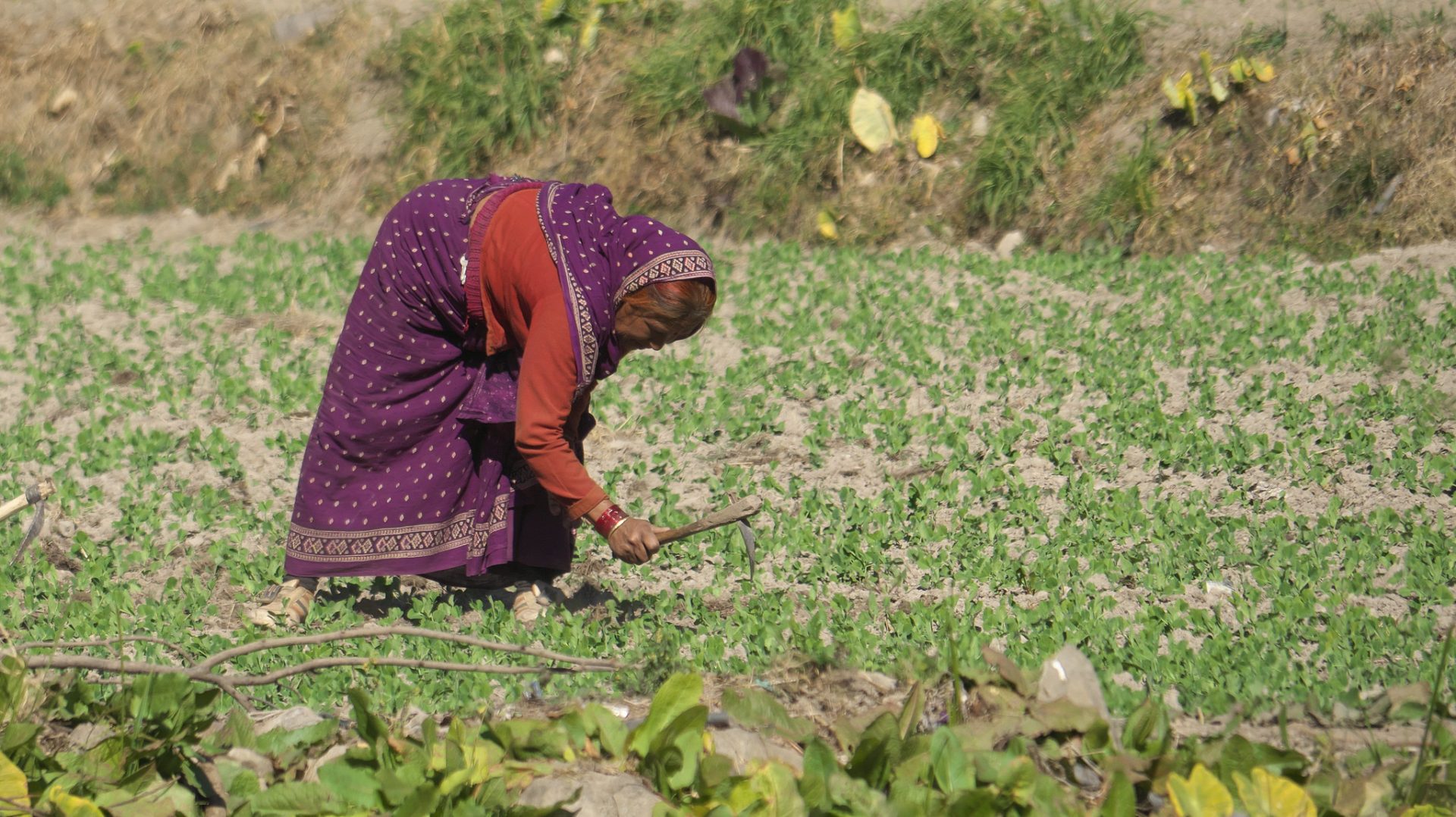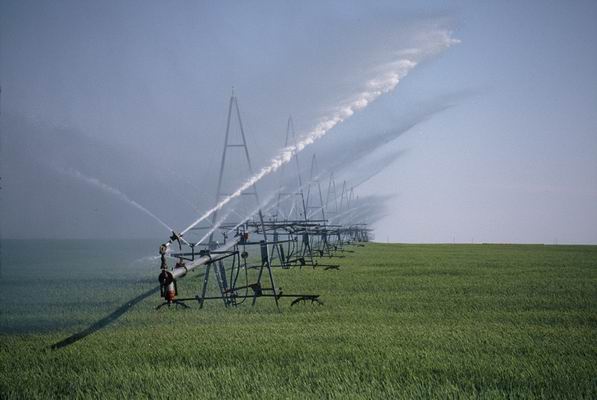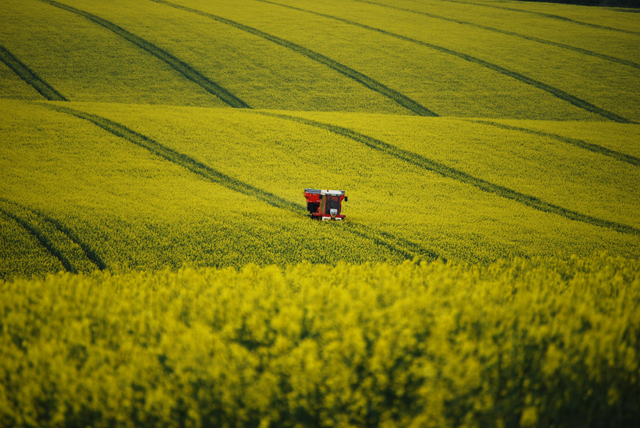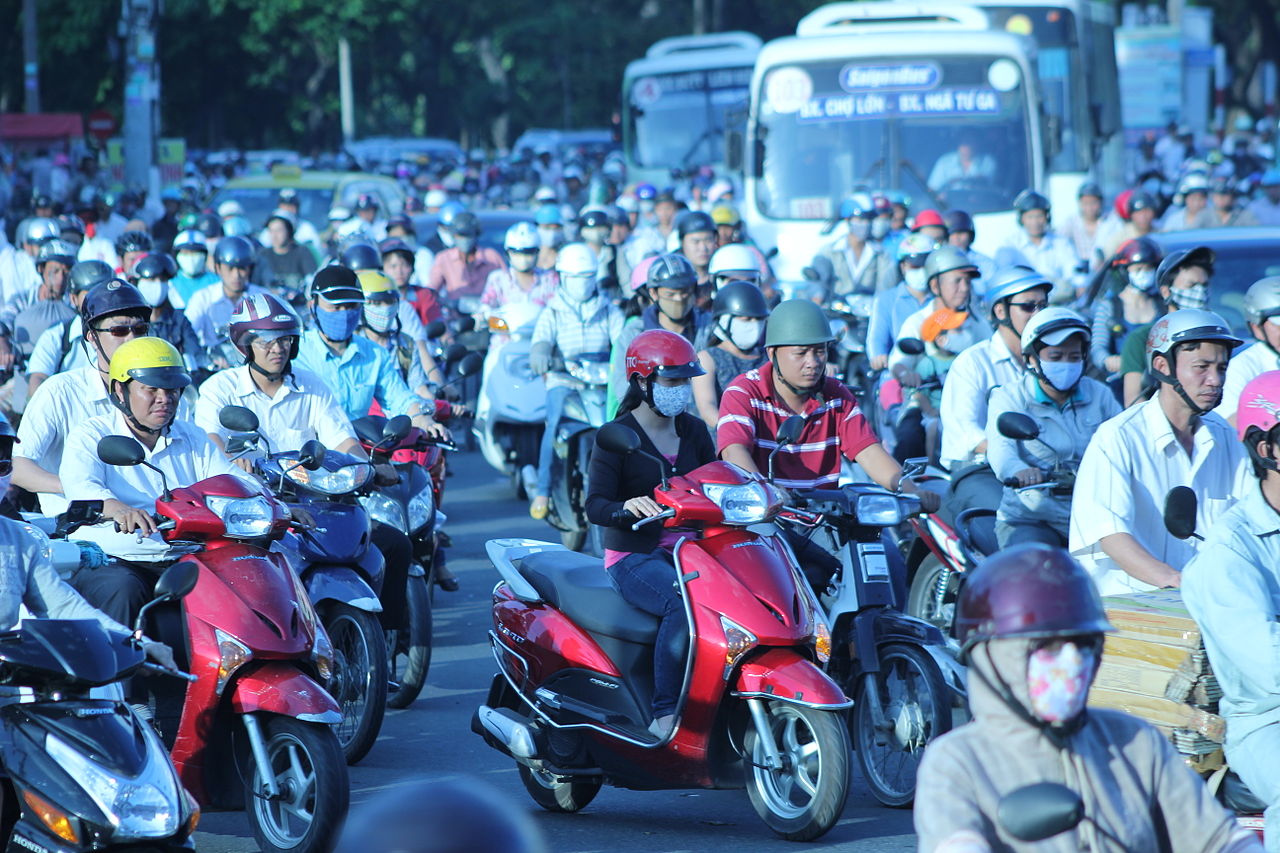
A new study by the London-based charity War On Want finds that, even though the global food system produces more than 2.6 times the average person’s caloric needs, 2.3 billion people lack secure access to healthy and nutritious food. How is this criminal contradiction to be explained?
According to the charity’s report, the global food system produces 6,000 calories per day for every person on Earth. This is 2.6 times what the average adult needs.
From 2005-2020, the UN Food and Agriculture Organization notes, global food production has increased substantially: sugar cane, maize, rice and wheat crop yields and the world’s supply of fruit rose by over 50 percent. Vegetable production of all sorts rose by 65 percent. Milk by 53 percent and meat production by at least 40 percent.
New synthetic fertilisers and genetic modifications, moreover, have made it possible to increase crop yields substantially during this same period. Yet, across the world, 2.3 billion people are suffering from food insecurity, up by 150 million from 2019. 3.1 billion people are unable to afford a nutritious diet. As War On Want observes: “Today, despite unprecedented wealth existing in the world, one in seven people go to bed hungry.”
Worse than this, over the next year the IMF has warned of a potential “food crisis” as rising prices threaten the food security of another 1 billion people across so-called “hunger hotspots” in poor countries.
Overpopulation is a myth

The massive development of food production – far in excess of what is necessary for survival – is a clear rebuke of the Malthusian ideas that blame the world’s poor for their own hunger.
According to the reactionary 18th century English economist Thomas Robert Malthus, hunger was the inevitable result of poor people reproducing over and above what the food system could support. As he described it in his 1798 Essay on the Principle of Population: “The power of population is so superior to the power of the earth to produce subsistence for man, that premature death must in some shape or other visit the human race.”
In his own time, Malthus was proven empirically wrong by Justus von Liebig’s study of the role of nitrogen, phosphorus and potassium in plant growth and related developments in organic chemistry, soil science and synthetic fertilisers. Other new technologies and changes in technique, in the years since, have raised crop yields further. The passage of time has seen the application of ever newer scientific findings to food production, which have allowed the food supply to massively increase. At no time has global population growth ever outpaced the growth of global food supply.
Nevertheless, particularly since the 1970s, the fiction of ‘overpopulation’ has been used over and over again by so-called ‘aid’, and ‘development’ organisations. In 1973, the IMF insisted that “excessive population growth” is “the greatest single obstacle to economic and social advance in the underdeveloped world.” The World Bank too has taken to blaming hunger on “harmful population growth.” The UN’s Population Fund, the Canadian International Development Agency (CIDA), the British government and other bodies have all repeated these claims, even as the number of calories available per year, per person rose by 32 percent.
For these organisations, birth rates in poor countries are to blame for leaving the world with too many unlucky mouths to feed. This turns reality on its head. In fact, it is the monopolisation of food production in the hands of a few agribusinesses that condemns hundreds of millions to hunger, and many to death.
Monopoly profits

As War On Want notes, the global food system is dominated by a tiny handful of multinational corporations – with their tendrils wrapped around everything from seeds and traits to agrichemicals, distribution and retail infrastructure. These global monopolies frequently have important stakes not in one, but in multiple of these branches of the agribusiness sector.
The seeds and trait sector is overwhelmingly dominated by Bayer, followed by Corteva, ChemChina, BASF and Group Limagrain. The Agrichemicals sector, meanwhile, is dominated by ChemChina, Bayer, BASF, Corteva and UPL. 58 percent of the global seed market, and 77.6 percent of the agrochemicals market is dominated by just six corporations.
Finally, the grain commodity trading sector is dominated by the ‘ABCD Group’: Archer Daniels Midland, Bunge, Cargill and Louis Dreyfus. Just ten corporations control 40 percent of agricultural trade.
These monopolies, the report notes, are themselves dominated by giants of the finance sector and larger institutional investors, largely based in North America and Europe, like Blackrock, Capital Group, Fidelity, The Vanguard Group, State Street Global Advisors, and Norges Bank Investment Management.
Today, according to the report, 2.5 billion people continue to depend on the land to one degree or another for their livelihoods. Yet land grabs by corporations and ever-increasing monopolisation of the land mean that 70 percent of the global population is dependent on peasant farming that uses just 30 percent of agricultural land.
While millions struggle to access food, the report notes that these monopolies have seen “surging profits” – especially since 2020: “Those who are powerful enough to control food production determine who consumes it and who goes hungry.”
It’s a capitalist crisis, not a ‘food crisis’

Globally, up to one third of the food produced is lost before it reaches anyone – mostly at the stage of distribution, much of it dumped or buried because it cannot be sold profitably. Across the world, this means that huge masses of food which can’t be sold are wasted – all while millions of people cannot afford to eat.
The absurdity of this system is even starker when one considers that most of the so-called “hunger hotspots” are also food-exporters. These ‘poor’ countries have as much arable land as developed countries do and, increasingly, portions of their land are even subject to land grabs by foreign speculators (especially by multibillion dollar “Farmland Funds”).
Across the world, imperialist powers extract raw materials, food, and manufactured products from poorer countries at low but unstable prices while exporting manufactured goods at higher prices. This means huge net transfers of wealth, every year, from poor countries to rich countries. This, and not overpopulation, is the real reason behind the divide between ‘poor countries’ and ‘rich countries’.
The same processes at play in agriculture are also at work in other sectors. For example, Somalia possesses some of the most bountiful fishing areas in the world. And as the World Bank itself observed in 2018: “Somalia’s landmass encompasses vast tracts of arable land and a variety of agroecological zones conducive to agricultural expansion. There are large areas suitable for livestock grazing, browsing, and fodder production to support the country’s growing markets and export trade.”
Yet, owing to imperialist interventions and overfishing by transnational corporations, millions are at risk of a severe hunger crisis.
Meanwhile, the gearing of agriculture towards cash crops for export, means that in these fertile regions, key staples must still be imported. 80 percent of the world’s population depend in part on food imports, roughly 75 percent of which come from former colonial countries. Within these countries, according to the UN, food represents about 60-80 percent of consumer spending, as opposed to 10-20 per cent in rich countries.
For example, War on Want notes, soybeans, wheat, rice and corn cover almost half the world’s agricultural lands especially in Thailand, Vietnam, Pakistan and Myanmar. Yet despite helping supply 86 percent of all cereal exports: 17 percent of people in Thailand, 17 percent of people in Pakistan and 25.5 percent of people in Myanmar face food insecurity. Across the Middle East and North Africa, moreover, a UN report found 69 million people are malnourished and the number is only increasing.
The short-sighted needs of global markets have also seen the ever-increasing prevalence of monoculture – large scale farming of individual cash crops, instead of rationally using the soil for need. This guarantees high profits in the short term, but also increases the risk of disease in crops, whilst being a well-known cause of the depletion of soil fertility, which can potentially lowering crop yields in the future, threatening further hunger crises.
Of course, it is not agribusiness CEOs or Wall Street speculators who go hungry as a result. Despite increasing yield, monopolisation of the food industry has pushed up the price of a healthy diet by almost 7 percent since 2017. The cost of future shocks to the global food system caused by climate change and the short-sightedness of agribusiness will invariably be felt by ordinary people, just as supply shocks in the energy sector have seen high prices pushing up profits for the energy monopolies whilst creating misery for millions of workers.
Exports and price shocks
Owing to market irrationalities, the same countries which produce huge swaths of the world’s food, are the most vulnerable to ‘food crises’ wherever prices change.
From 2008-2011, speculative activity, most famously by Goldman Sachs, helped drive up the price of wheat by nearly 40 percent. According to a UN report, this drove the import bills of developing countries up by 56 percent. Going forward, the UN warned, future price spikes may be even worse: “Current food price trends are likely to increase sharply both the incidence and depth of food insecurity.”
But, because many of these countries also sustain themselves with agricultural exports, sudden collapses in prices have the same effects. Famously, in the late 1980s, a combination of IMF-imposed Structural Adjustment Policies and falling prices of nuts, bananas and coffee ruined farmers across Latin America and Africa, also massively increasing food insecurity.
In both cases, the problem has not been a lack of food production, the real crisis is overproduction, which ruins small farmers, who are invariably displaced by the giants of agribusiness. On a world scale, capitalism is incapable of making use of its productive capacity to feed people, not because they are too well fed, but because they cannot afford it.
As we’ve explained before, this is the same crisis of overproduction that affects every other sphere of capitalism. Capitalism means production for profit and not for need. In the process, it condemns millions to unemployment, while plenty of things need producing. It leaves huge numbers of empty homes while people struggle to find shelter. And, in this case, it destroys huge quantities of food that cannot find a market, while people die of hunger.
A socialist solution
Answering Malthus’ apologia for unemployment, poverty and hunger, Engels wrote that hunger persists not because of scarcity but because the ruling class cannot make use of the world’s existing products and productive capacity:
“Not because the limits of production – even today and with present day means – are exhausted. No, but because the limits of production are determined not by the number of hungry bellies but by the number of purses able to buy and to pay. Bourgeois society does not and cannot wish to produce any more. The moneyless bellies, the labour which cannot be utilised for profit and therefore cannot buy, are left to the mortality figures.”
A socialist revolution would free workers and farmers from the madness of the market. It would seize land and food alike from the speculators and put it in the hands of the world’s workers, farmers and the poor. It would replace food production for profit with production for need.
By expropriating the food monopolies, moreover, a socialist plan of production could, on a global scale, ensure that all have equal access to the best tools and methods for cultivation. On top of reducing prices for workers and farmers all over the world, it would also develop a plan for multi-cropping instead of monocropping – ensuring that food production is sustainable, without dooming whole nations to hunger crises.
A socialist plan of production would, further, use the wealth of the world to develop the productivity of agriculture and industry simultaneously – on a world scale. There is absolutely no reason why there needs to be ‘poor’ countries and ‘rich’ countries, when the wealth and potential exists to provide housing, healthcare, employment and decent living conditions for all.

